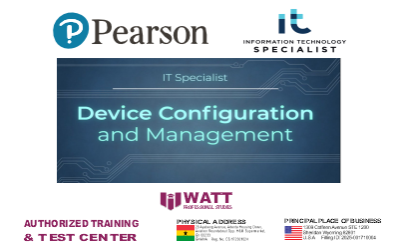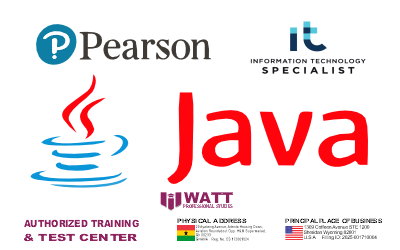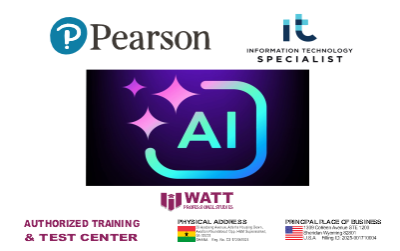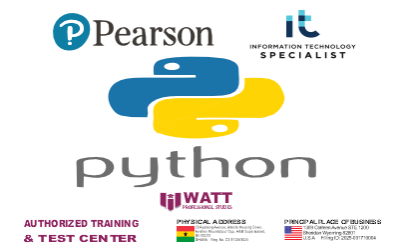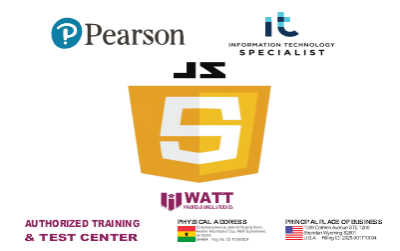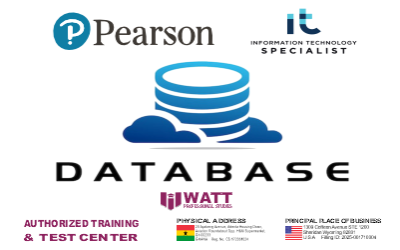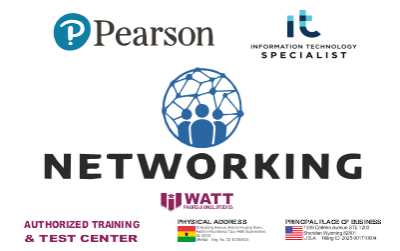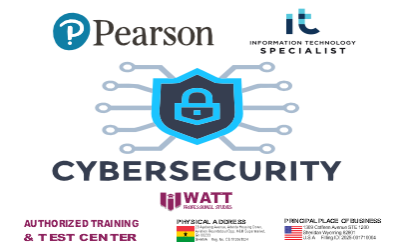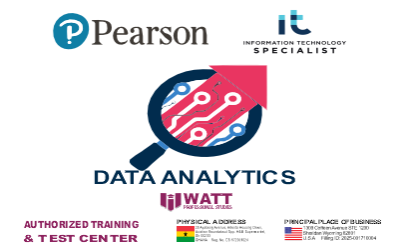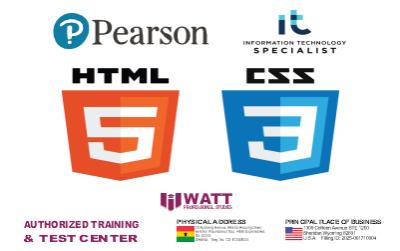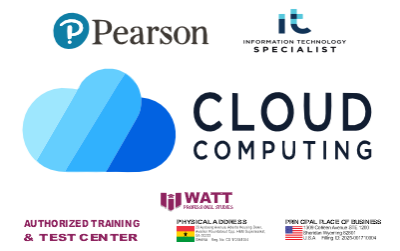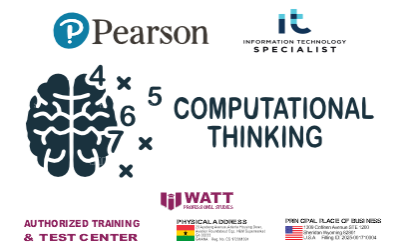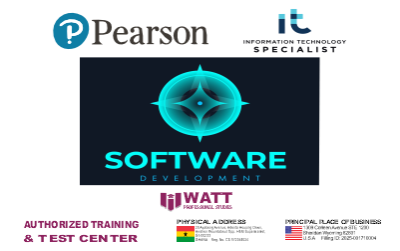DEVICE CONFIGURATION AND MANAGEMENT
This instructor-led Device Configuration and Management (INF-103) course is a fundamental level course, aiming to prepare students for success in an IT Tech Support Specialist role. The course will equip students with the knowledge and skills to perform initial device setup and ongoing support to ensure smooth and secure operations of IT devices. Upon completion of the course, students should be able to independently install and configure Windows, manage applications and periphery, manage data on various types of storage, keep devices secure by taking preventive and reactive measures, and perform troubleshooting.
English
Last updated
Sat, 29-Nov-2025

